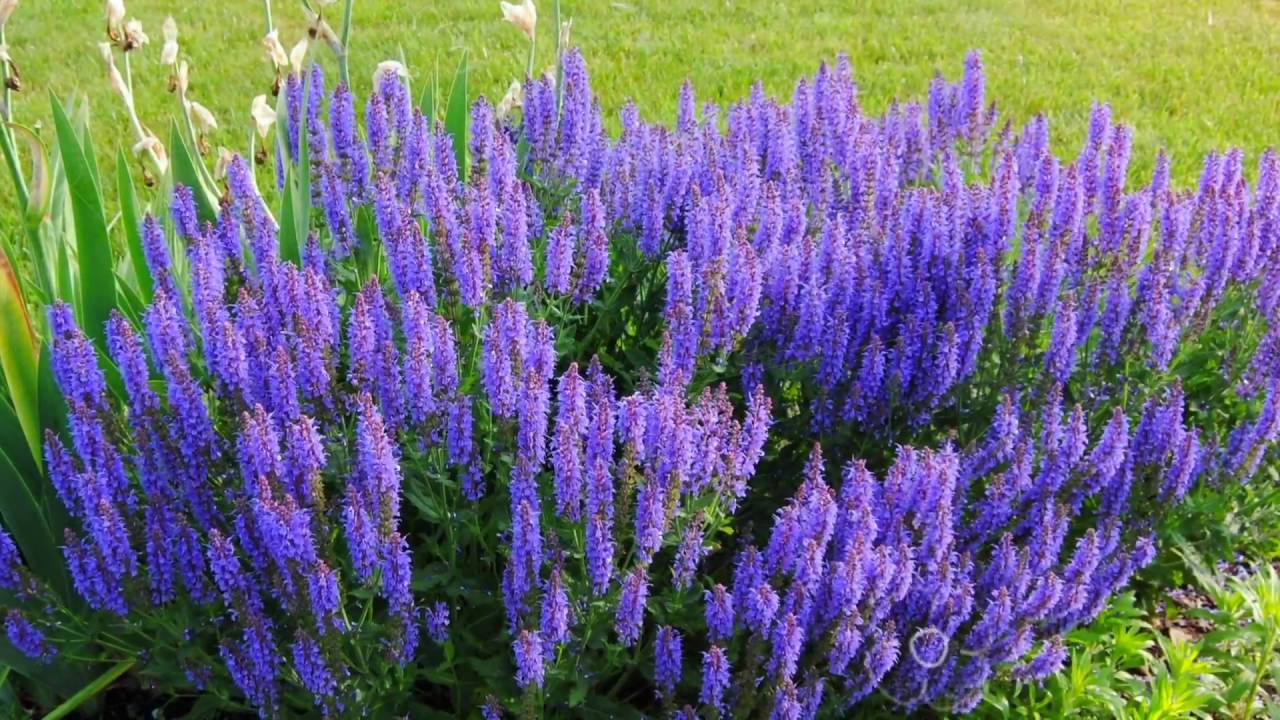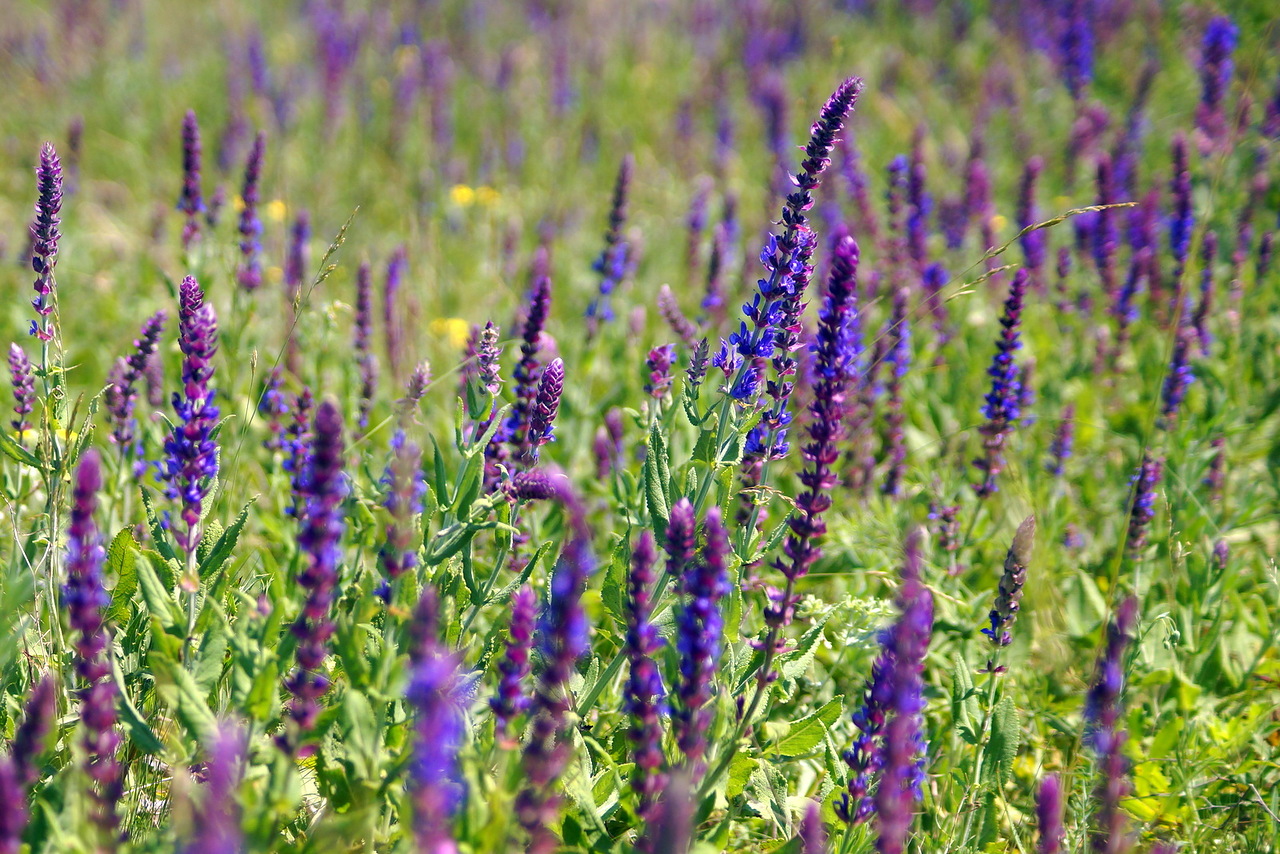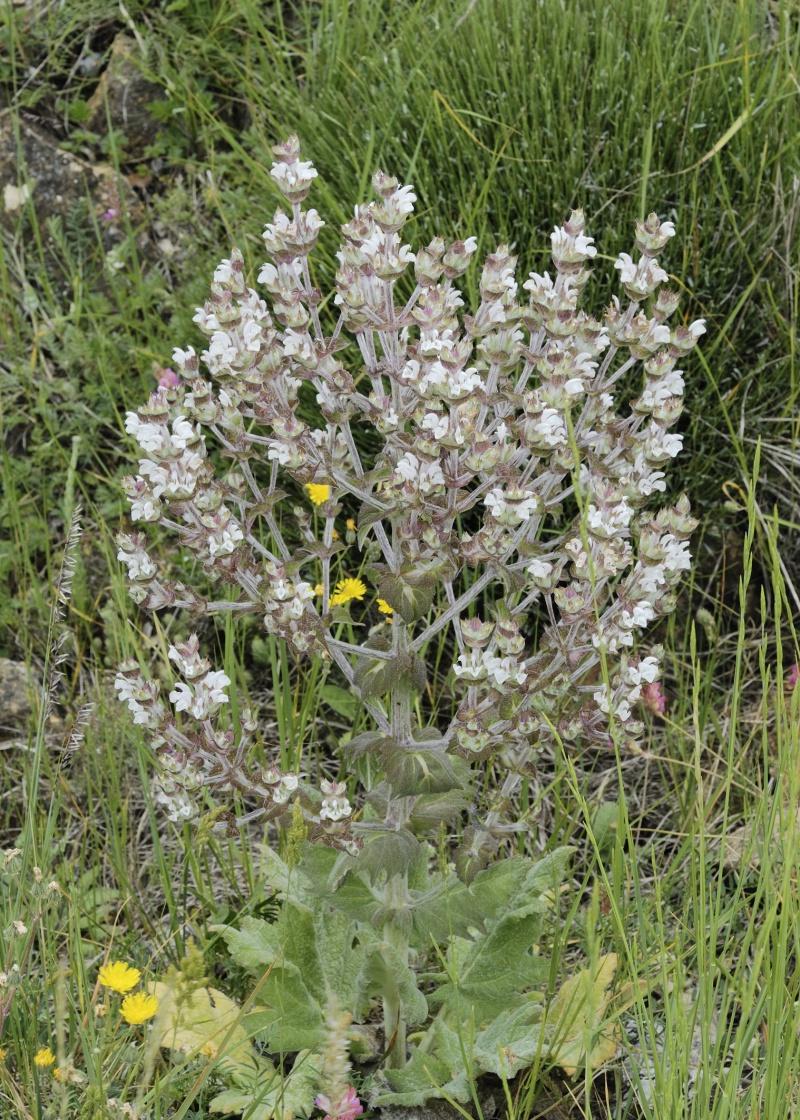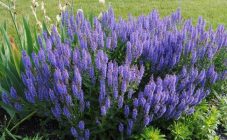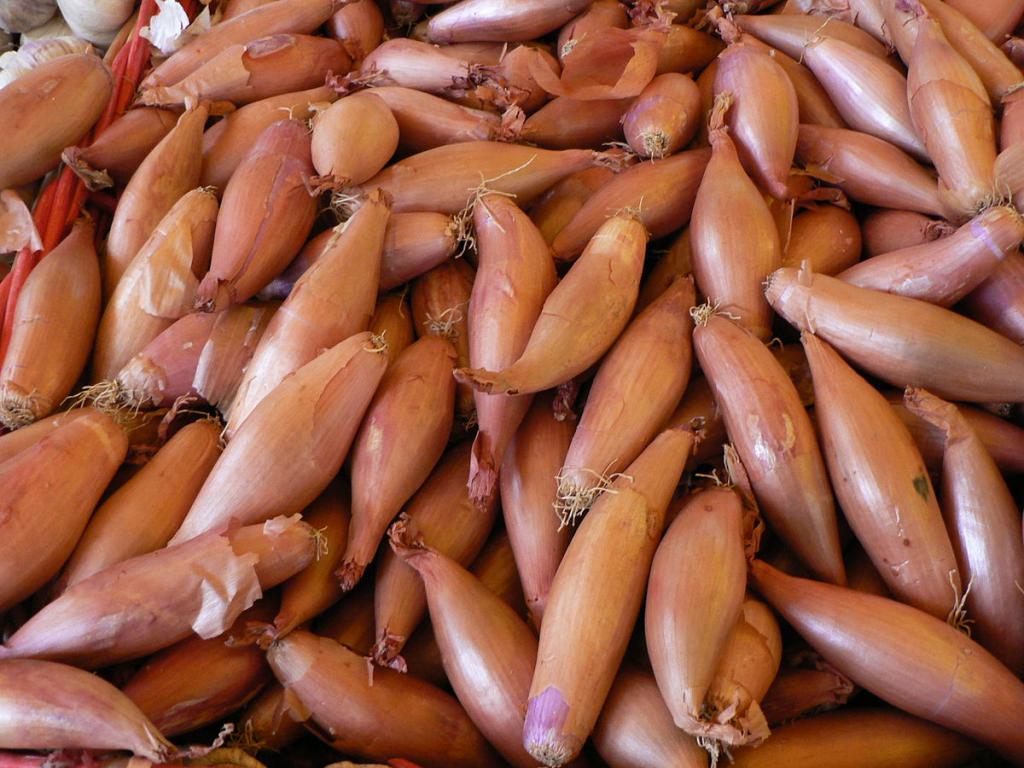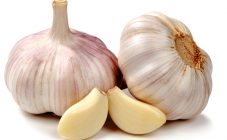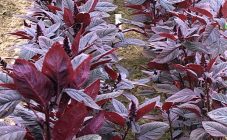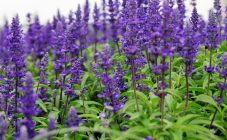Content:
Sage is the name of a whole group of herbaceous plants belonging to the Lamiaceae family. A characteristic feature is a large number of varieties that are actively used in folk and traditional medicine, cosmetology and cooking. The first mentions of it were recorded in antiquity. The doctors of that time were convinced that with the help of sage, any ailment could be overcome. In addition, thousands of years ago, sage was equated with the philosopher's stone, since people believed that it improved material well-being. Today, many consider this to be an absurdity, but the medicinal properties of the herb are beyond doubt.
Description of the sage plant and its characteristics
Sage has another name - Salvia, which translated from Latin means "in good health", "unharmed". In the Middle Ages, the plant was considered female, since it was actively used in gynecology: to treat infertility and maintain a woman in labor. Medicinal herbs were grown on the territory of monasteries.
The genus Sage has more than 900 varieties. Where does sage grow? This herb grows in all corners of the planet, with the exception of Australia. The largest aggregation of species is found in South and North America. However, only a few species are used for medicinal purposes.
The homeland of the plant is considered to be the southern part of Europe. It is especially widespread there, especially on the mountain plateaus. Shaggy foliage is actively used in the cooking of Mediterranean peoples. It has a pleasant tart taste and fragrant aroma. In traditional medicine, only one representative of the species is used - salvia officinalis.
In the wild in Russia, there is meadow sage, it is also steppe sage and field sage. Its characteristic features are similar to the medicinal variety, but this subspecies has less pronounced healing properties.
What is sage? Salvia is a miniature dwarf shrub whose height can vary from 20 to 75 cm. Perennial representatives have straight, abundantly leafy stems. The root zone is woody, has rounded shapes. The surface is tetrahedral, the color is gray-green. With the onset of winter, the herbaceous part of the culture dies off. It has a branched woody root system.
What does sage look like? The leaf plates are pointed or obtuse. They are characterized by the shape of an elongated ellipse. The average length is 8 cm, and the width is up to 4 cm. A white felt coating forms on the surface of the leaves, which gives the plant a silvery hue. The lower and middle leaf plates are on cuttings, and the upper ones are sessile.
The buds are grouped into branched and ordinary spike-shaped inflorescences. They form at the tops of the stems. The buds are formed during the second growing season, the duration of flowering from the second decade of May to July.
Chemical composition (100 g of dried leaves contains):
| Vitamins (mg) | Macronutrients (mg) | Trace elements (mg) | |
|---|---|---|---|
| water - 9 g; | beta-carotene (A) 3.548; | calcium - 1562; | iron - 27.14; |
| ash - 7 g; | thiamine (B1) - 0.574; | potassium - 1070; | manganese - 4.133; |
| proteins - 11 g; | riboflavin (B2) - 0.363; | magnesium - 482; | copper - 775 mcg; |
| carbohydrates - 40 g; | PP or B3 - 5.27; | phosphorus - 91; | selenium - 3.9 mcg; |
| fats - 13 g; | pyridoxine (B6) 2.96; | sodium - 11. | zinc - 4.9 mcg. |
| fiber (dietary fiber) - 21 g. | folic acid (B9) - 270 mcg; | ||
| ascorbic acid © - 34.2; | |||
| phylloquinone (K) - 1741 μg; | |||
| choline (B4) - 46.3. | |||
100 g of sage contains approximately 315 kcal.
Useful properties and contraindications
You can buy dry sage leaves at a pharmacy or grow in your country house. The tool will help if you use it according to the instructions. Misuse can be harmful.
The leaves of the plant have analgesic and diuretic effects. The herb extract helps in the treatment of acne and acne, has a pronounced anti-inflammatory effect.
Medicinal sage preparations are effective for arthritis and rheumatism. Sage is also famous for raising blood pressure.
It is indicated for use in case of nervous overstrain as an excellent alternative to antidepressants.
Sage is contraindicated during pregnancy. During breastfeeding, it can reduce the amount of milk produced. Sage is also contraindicated for hypertension, epilepsy and nephritis. An allergic reaction may develop.
Sage types and popular varieties
The sage herb is considered one of the most common plant species. There are about 900 varieties. Depending on the variety, salvias can be perennial, annual, semi-shrub, herbaceous, shrubs. The main representatives of the genus:
- Salvia officinalis is an ornamental culture, which can reach a height of 70 cm. The leaves and flowering tops of sage have healing properties.
- Forest sage is characterized by excellent cold resistance and decorative properties. In the middle lane in the second or third decade of June, lilac-purple and blue flowers begin to bloom.
- Salvia Dubravnaya is one of the most unpretentious cold-resistant plants. Today there are a large number of varieties, purple and pink flowers are considered the most popular. Will look great in a flower garden and along paths.
- Meadow sage stands out for its lush and beautiful white or blue-violet blooms. The plant blooms in the third decade of June - the first decade of July. Grows in meadows, in the steppe.
- Crimean sage is an exclusively ornamental plant. It blooms with large-sized bright red flowers with a silver tint. It pleases the eye with inflorescences throughout almost the entire summer: from early July to September.
- Sage Ethiopian is one of the few hardy salvia species that can grow in partial shade conditions. It blooms with beautiful lilac inflorescences from mid-June to late September.
- Wild sage is characterized by the formation of many small flowers of a pale blue color. Blooms from July to October.
All varieties are similar to each other, their main difference lies in the concentration of nutrients and the color of the inflorescences.
Planting and leaving
Sage prefers well-lit areas with fertile soil of normal acidity. Cold hardiness indicators are poor, often dies during snowless, but cold winters. But the drought resistance of Salvia is excellent, the sultry summer does not pose a danger to the plant.
Sage in one place can grow up to 8 years.Seedling propagation is not used as Salvia grows well from seed. With the onset of spring (in April), the planting material is immediately sent to open soil. You can also sow seeds in May, just in this case, there is no need to use film shelters. The depth of the furrow is not more than 2 cm, an interval of 30 cm must be maintained between the bushes.
In the second year after planting, the plant needs pruning. Thus, it is updated. The plant easily tolerates drought, but moisture is necessary to ensure lush flowering. Watering should be moderate, its excess has a detrimental effect.
In the spring, nitrogen-containing fertilizers must be applied to the soil; in the fall, in preparation for winter, potassium-phosphorus complexes are already used.
Thus, sage is a unique plant that combines decorative and medicinal properties. It can be planted for beauty and further collection of leaves for future decoctions and infusions. In planting and caring, Salvia is unpretentious, so even a novice florist can grow it.
